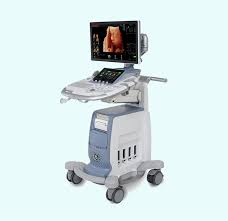Mario Mitra, Andrea Mancuso, Flavia Politi, Alberto Maringhini
Italian Journal of Medicine 2020;14:124-133.
Abstract
Bacterial infection is common and accounts for major morbidity and mortality in cirrhosis. Patients with cirrhosis are immunocompromised and increased susceptibility to develop spontaneous bacterial infections, hospital-acquired infections, and a variety of infections from uncommon pathogens. Once infection develops, the excessive response of pro-inflammatory cytokines on a pre-existing hemodynamic dysfunction in cirrhosis further predispose the development of serious complications such as shock, acute-on-chronic liver failure, renal failure, and death. Spontaneous bacterial peritonitis and bacteremia are common in patients with advanced cirrhosis, and are important prognostic landmarks in the natural history of cirrhosis. Notably, the incidence of infections from resistant bacteria has increased significantly in healthcare-associated settings. Serum biomarkers such as procalcitonin may help to improve the diagnosis of bacterial infection. Preventive measures (e.g., avoidance, antibiotic prophylaxis, and vaccination), early recognition, and proper management are required in order to minimize morbidity and mortality of infections in cirrhosis.
Keywords: Bacteria, Infection, Sepsis, Bacteremia, Liver cirrhosis, Vaccination, Spontaneous peritonitis, Immune dysfunction
 Alberto Maringhini
Alberto Maringhini
 Alberto Maringhini
Alberto Maringhini















Condividi su